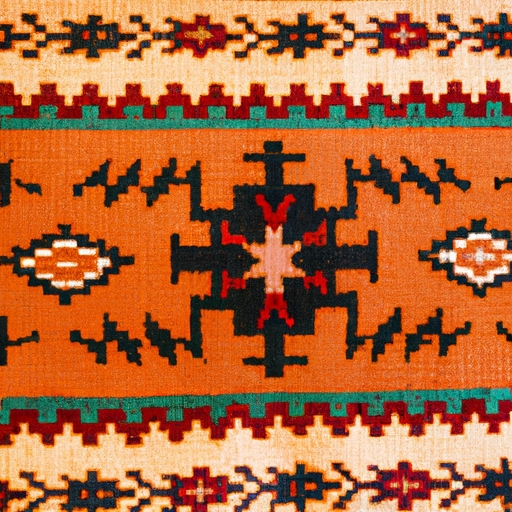
which native american tribe was the most advanced
Historical Background of Native American Tribes in the Southwest
Title: The Remarkable Advancements of Native American Tribes
Introduction:
Throughout history, various Native American tribes thrived across the vast lands of North America. Each tribe possessed its unique culture, traditions, and advancements that contributed to their overall development. While it is challenging to identify a single tribe as the "most advanced" due to their diverse achievements, we will explore some remarkable advancements made by different tribes.
Body:
1. Cherokee:
The Cherokee tribe exhibited extraordinary progress in multiple aspects of life. They developed an intricate system for agriculture, constructing sophisticated irrigation techniques and efficiently cultivating crops such as corn, beans, and squash. Their adroit craftsmanship was evident through elaborate pottery, intricate beadwork, and finely crafted tools.
2. Iroquois Confederacy:
The Iroquois Confederacy left an indelible mark on native governance structures. They established a sophisticated political system known as the Great Law of Peace or Gayanashagowa. This democratic framework showcased their astute understanding of consensus-building and conflict resolution among member tribes.
3. Pueblo:
Among the Pueblo tribes, architectural marvels were created in the form of multi-story buildings made from stone or adobe bricks. These structures served both residential and ceremonial purposes while demonstrating exceptional engineering skills that provided protection against harsh elements.
4. Anasazi (Ancient Puebloans):
The Anasazi people excelled in agricultural methods within arid regions by developing complex irrigation systems using canals and reservoirs to maximize water usage efficiency during droughts. Additionally, they constructed cliff dwellings with intricate masonry work that safeguarded their communities from external threats.
5. Hopi:
The Hopi tribe demonstrated prowess in artistic expression through their distinctive pottery designs characterized by vibrant colors and symbolic motifs reflecting their spiritual beliefs and cultural heritage. Their craftsmanship extended beyond pottery to include detailed woven textiles showcasing advanced weaving techniques.
Conclusion:
While singling out one Native American tribe as the "most advanced" is challenging and subjective, it is undeniable that numerous tribes exhibited remarkable advancements in various fields. The Cherokee, Iroquois Confederacy, Pueblo, Anasazi (Ancient Puebloans), and Hopi are just a few examples of tribes that contributed significantly to Native American history through their innovative agricultural practices, architectural achievements, sophisticated governance systems, and artistic expressions.
By recognizing and appreciating the diverse accomplishments of these tribes, we come to understand the rich heritage and ingenuity embedded within Native American cultures. These advancements serve as a testament to the immense knowledge and wisdom possessed by indigenous peoples throughout history.